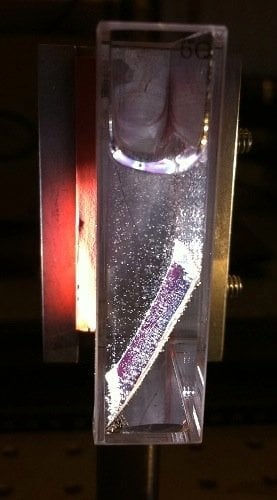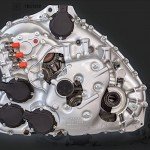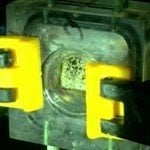Researchers at the University of North Carolina (UNC) say they have made a breakthrough in the search for a way to capture the sun’s energy during the day for use at night. The system is based on photosynthesis in plants, whereby the sun’s energy is converted to a “solar fuel,” which can be stored and used when the sun has set. Rather than using photovoltaic cells that capture solar rays and convert them directly to electricity, the artificial photosynthesis model is an indirect process that stores the solar energy within the molecules of the solar fuel for later use.

The research leader, Tom Meyer, a professor of chemistry at UNC, said that their work was a breakthrough in solving a “40-year puzzle” concerning the use of solar energy for electricity.
“A lot of these energy systems with battery storage are fine, but if you are talking about making the sun a primary energy source—say it accounts for 50 per cent of our energy needs—then you ask the question, ‘Where are you going to store the energy?’ It is staggering. There is no answer to that. Then the nighttime dilemma becomes really, really important,” Meyer said.
The process uses a device called a dye-sensitized photoelectrosynthesis cell (DSPEC). The DSPEC uses solar energy to split water into its hydrogen and oxygen components. The hydrogen is captured, while the oxygen is allowed to escape into the air. The hydrogen molecules store the solar energy within chemical bonds, becoming the solar fuel. “The target of a DSPEC is production of a high-energy fuel with oxygen as the co-product in the physically separated compartments of a photoelectrochemical cell.”
This new way of achieving solar energy conversion could be the practical solution to the problem of large-scale energy storage that solar energy advocates have been looking for.
The research is still in early stages: at this point the amount of solar energy that can be harnessed from the process is less than 1 per cent. It typically takes ten to fifteen years to get from this stage to a marketable technology, Meyer said. The process would not be economically viable until it achieved 10–15 per cent energy efficiency.
“We want to find ways to use the sun and convert things that are readily accessible like water and carbon dioxide and turn them into fuels that people can use later.”


































